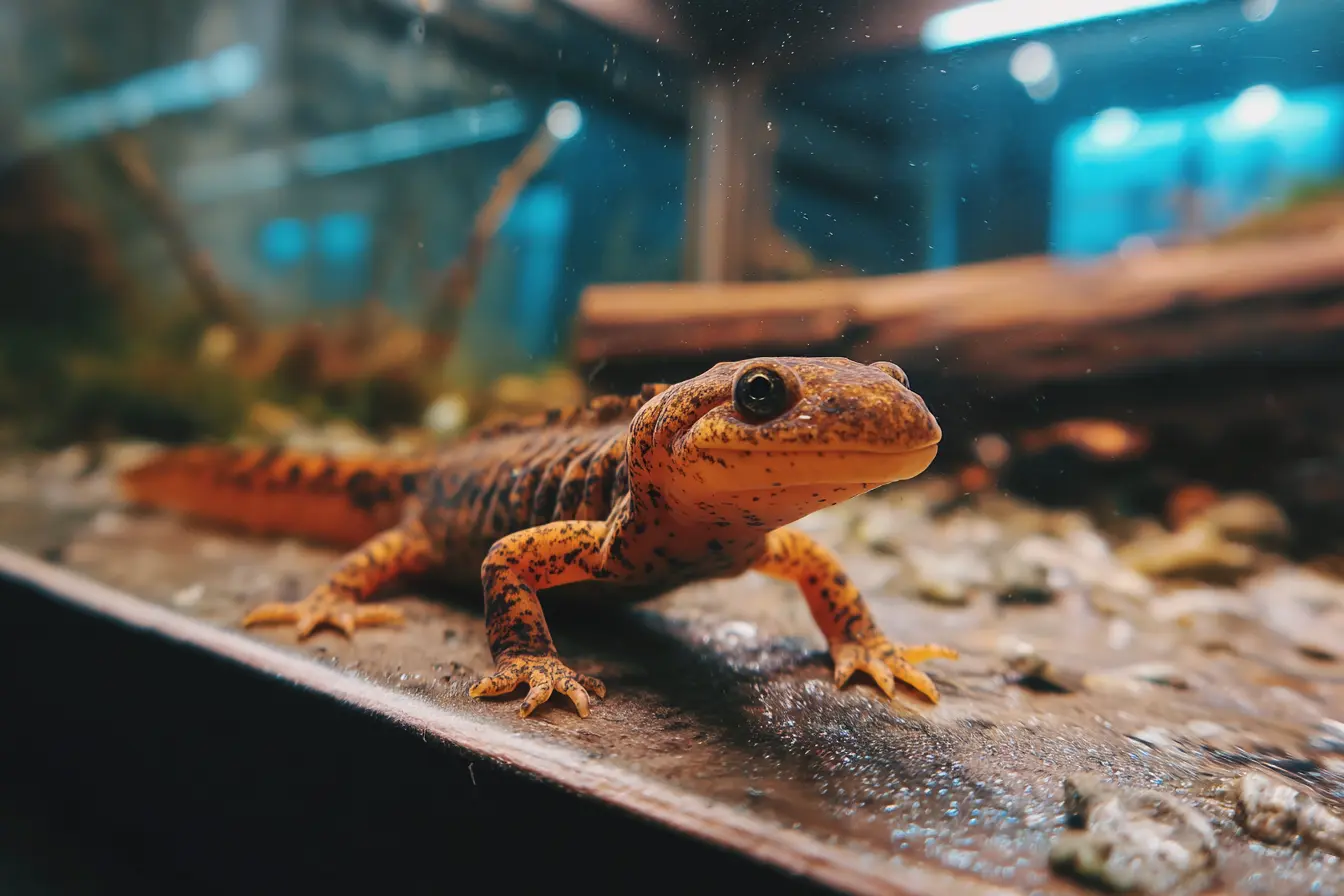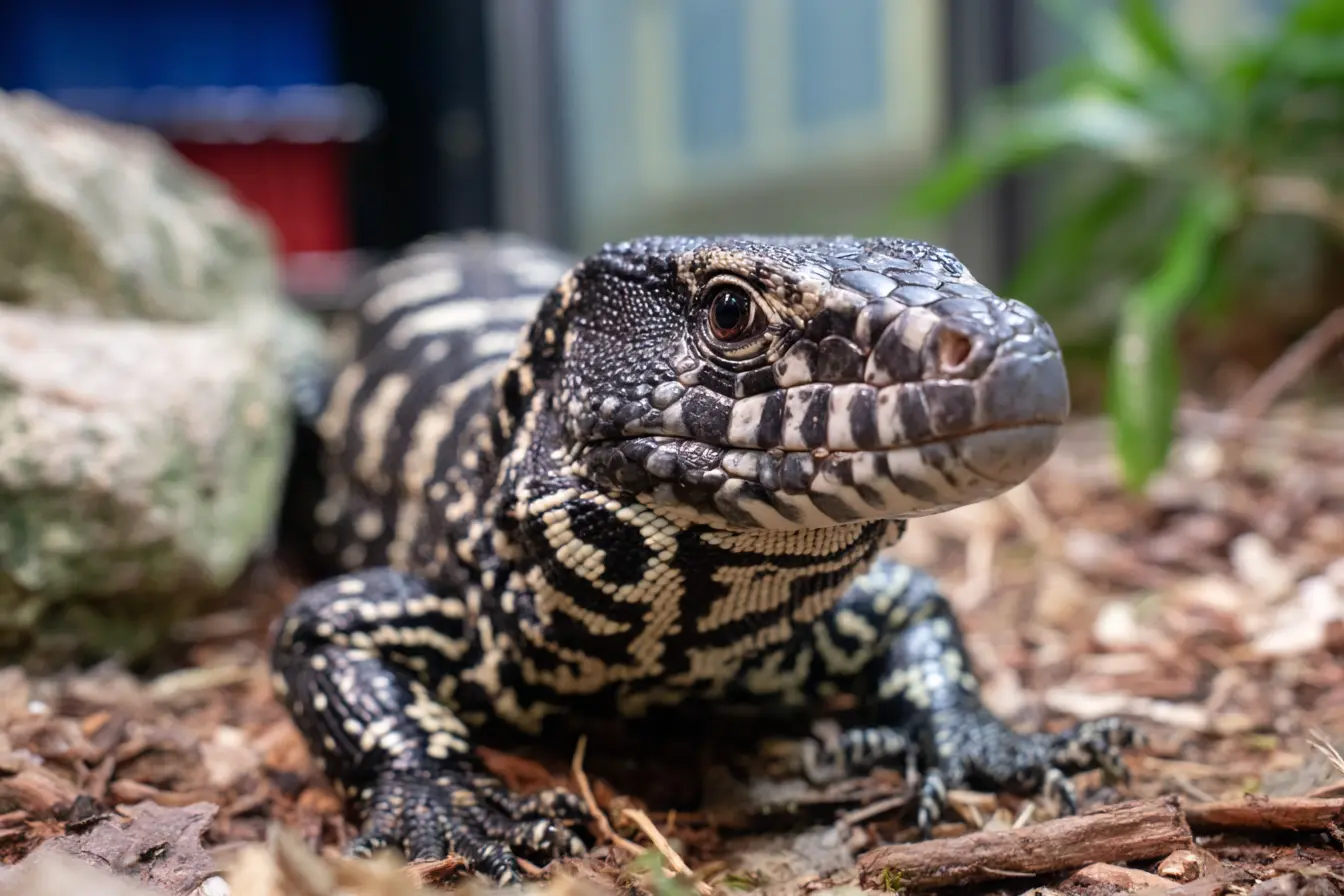
The Ultimate Guide to Keeping Land Snails as Pets
Land snails are among the most underrated and easy-to-care-for pets, making them ideal for both beginners and experienced exotic keepers. With their gentle movements, fascinating behaviours and low-maintenance care, snails can provide hours of peaceful observation. This guide covers everything you need to know about keeping land snails happy and healthy in captivity.
What Are Land Snails?
Land snails are terrestrial molluscs belonging to the class Gastropoda. The most common species kept as pets include:
- Achatina fulica (Giant African Land Snail)
- Archachatina marginata
- Cornu aspersum (Garden snail, native to Europe)
These animals are hermaphrodites (possessing both male and female reproductive organs), incredibly adaptable, and have unique personalities. Giant African Land Snails are particularly popular due to their impressive size, growing up to 20 cm in length.
Legal Considerations
Before obtaining any exotic species, it’s essential to check local regulations. In the UK, Giant African Land Snails (Achatina spp.) are legal to keep, but it is illegal to release them into the wild as they can become invasive. Always buy captive-bred snails from reputable breeders or pet shops.
Setting Up the Enclosure
Tank Size
The enclosure size depends on the number and species of snails:
- A 45-litre tank is ideal for 1–2 adult Giant African Land Snails.
- For smaller species, a 15–20 litre tank can suffice.
Snails are more active with space to roam and burrow, so bigger is usually better.
Ventilation and Access
Use a plastic or glass tank with a secure, ventilated lid. Adequate airflow is essential to prevent mould and fungal growth, but avoid strong draughts.
Substrate
Choose a moisture-retentive, natural substrate such as:
- Coconut coir
- Peat-free compost (untreated and chemical-free)
- Sphagnum moss (for added humidity)
The substrate should be 10–15 cm deep, allowing for burrowing. Keep it moist but not soggy. Mist regularly with dechlorinated water to maintain humidity.
Temperature and Humidity
Snails require warm, humid conditions to thrive:
- Temperature: 20–25°C (68–77°F)
- Humidity: 70–90%
A heat mat may be used beneath or on the side of the tank if room temperature drops too low. Monitor humidity with a hygrometer and mist daily.
Lighting
Snails do not require artificial lighting. They are nocturnal and prefer dim conditions. Bright light can stress them out. However, low-level ambient room light during the day is sufficient.
Hides and Enrichment
Add natural items like:
- Cork bark
- Flowerpots
- Logs and leaves
These provide hiding spots and climbing surfaces, promoting natural behaviour.
Feeding and Nutrition
Land snails are herbivorous and enjoy a varied diet. Feed them daily with fresh vegetables and fruits.
Staple vegetables:
- Cucumber
- Lettuce (avoid iceberg)
- Courgette
- Carrot (grated)
Fruits (given occasionally):
- Apple
- Strawberry
- Melon
- Banana
Avoid feeding:
- Citrus fruits (too acidic)
- Onion or garlic
- Processed foods
- Salty or spicy items
Calcium Supplementation
Calcium is essential for shell growth and repair. Always provide a source of calcium, such as:
- Cuttlefish bone
- Crushed eggshells (boiled and dried)
- Mineral blocks
Place calcium in the enclosure at all times.
Water
Provide a shallow dish of dechlorinated water at all times. The dish must be shallow enough to prevent drowning. Snails may also drink from droplets on the tank walls after misting.
Cleaning and Maintenance
Keep the tank clean to avoid mould, mites, and unpleasant smells.
- Daily: Remove uneaten food and faeces
- Weekly: Wipe down the sides of the tank and clean the water dish
- Monthly: Replace the substrate completely and clean all decorations
Avoid using soap or chemicals; rinse everything with hot water only.
Handling and Interaction
Snails can be gently handled but require care:
- Always wash hands before and after handling
- Use damp hands to avoid damaging their skin
- Do not pull them off surfaces; wait until they release
While they are not interactive in the traditional sense, many owners find them calming and enjoyable to watch.
Breeding
Land snails are hermaphrodites and can breed readily in captivity. If two adults mate, both may lay eggs.
Breeding facts:
- Eggs are small, white, and laid in the substrate
- A single clutch may contain 100–400 eggs
- Eggs hatch in 2–4 weeks depending on temperature
You should remove and freeze unwanted eggs to prevent overpopulation. Some keepers allow a few to hatch under controlled conditions to maintain colony size.
Health and Common Issues
Snails are generally hardy, but here are a few health concerns:
- Shell damage: Often due to lack of calcium or poor substrate. Supplement calcium and avoid rough handling.
- Dehydration: Caused by low humidity. Mist regularly and monitor tank conditions.
- Parasites: Rare in captive snails but can be introduced through contaminated soil or wild-caught specimens.
- Mites: Tiny white or red mites can infest tanks. Regular cleaning helps prevent infestations.
A snail with a cracked shell or showing inactivity may be stressed or unwell. Assess conditions and consult a vet familiar with invertebrates if needed.
Lifespan and Behaviour
Most pet land snails live 5–10 years with proper care. They are:
- Nocturnal
- Slow-moving
- Curious and exploratory
- Sensitive to environmental changes
Owners often observe them exploring, climbing, and even responding to gentle handling.
Final Thoughts
Land snails are a brilliant option for anyone looking for a quiet, easy-to-maintain, and fascinating pet. With just a little care, these gentle creatures will thrive and become a unique part of your home. Whether you're interested in their biology, looking for a pet with low space requirements, or wanting to introduce children to the responsibilities of pet care, land snails are an excellent choice.
Before getting started, always do your research, prepare your enclosure properly, and ensure you're ready to care for your new molluscan friend for the long term.
Related Vets
Vets near you
Speciality vets
- Aquatics vet specialists
- Birds vet specialists
- Camelids vet specialists
- Cats vet specialists
- Cattle vet specialists
- Deer vet specialists
- Dogs vet specialists
- Equines vet specialists
- Exotic vet specialists
- Goats vet specialists
- Pigs vet specialists
- Poultry vet specialists
- Sheep vet specialists
- Small Mammals vet specialists
- Wild vet specialists











